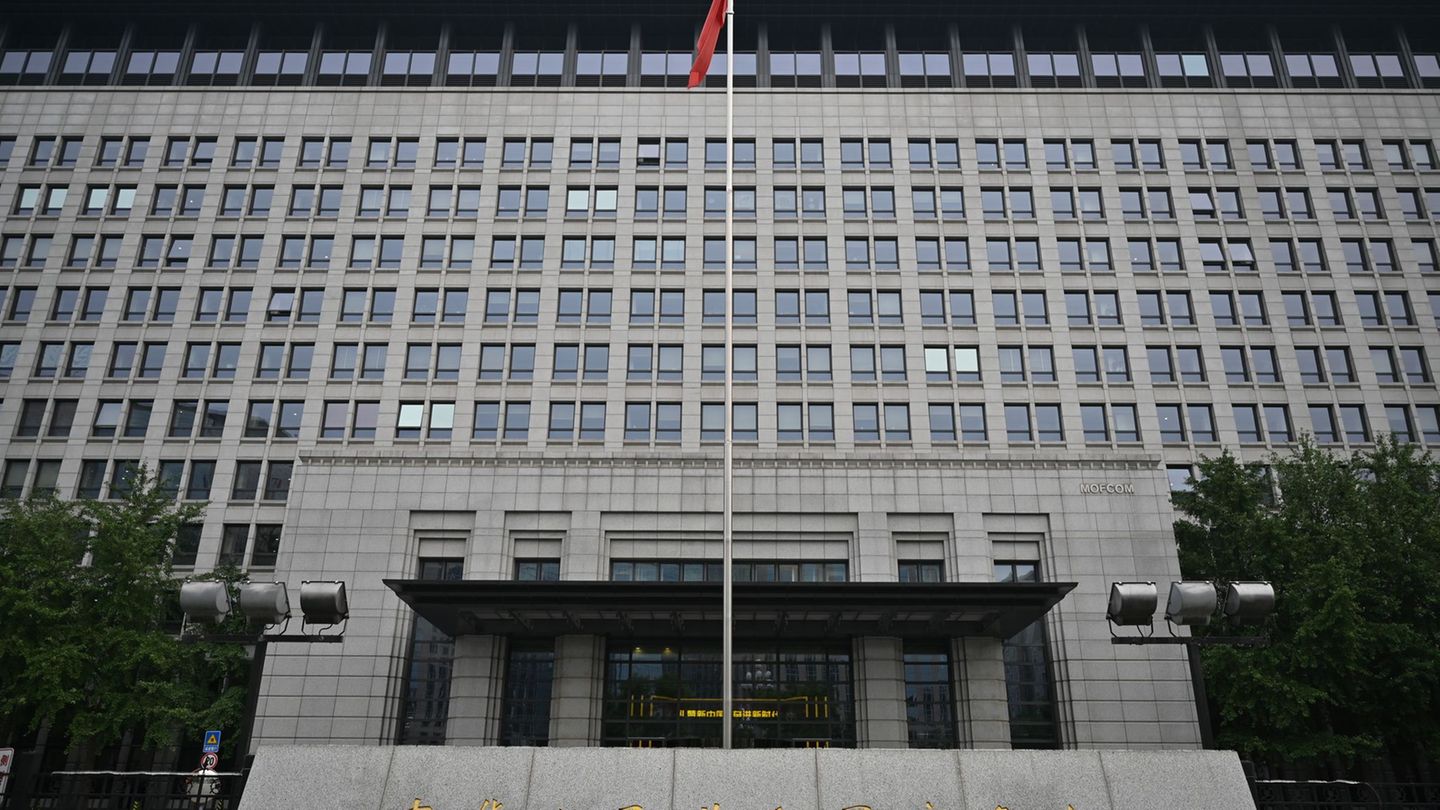Regarding financing, The percentage of adults with financing from the expanded financial system (SFA) increased by 2.4 pp during the first half of 2022. Public banks and non-financial credit providers (PNFC) included new people to credit products. In particular, the PNFCs registered a significant increase in the number of people assisted, although with considerably lower average balances than those of the financial entities. In this last group, young people, of the female sex, who did not have a job in a dependency relationship and did not have financing from the EEFF, prevailed.
Other highlights of the Financial Inclusion Report are:
• The physical infrastructure of the financial system continued to expand during the first half of 2022. The financial system registered 15.3 access points for every 10,000 adults, 6.7% more than in December 2021, and 92.5% of the adult population lived in localities with access points.
• The holding of bank and payment accounts approached the total coverage of the adult population. In the first half of 2022, 1.3 million human persons were added to account ownership, which is accessed by 98.5% of the adult population. The most populated localities had a predominance of holders of both accounts, while in the less populated the possession of only bank accounts prevailed.
• Savers moved from highly liquid products to alternatives that offer a higher return. In the second quarter of 2022, the number of fixed terms of human persons in local currency was 1,300 fixed terms per 10,000 adults, which represented a half-year increase of 32%. Within the immediate liquidity products, there was an increase in the participation of the balances of Common Money Funds from 3.2%, for the quarterly average of 2020, to 5.2% in March 2022. When considering the instruments of short- and medium-term savings, UVA products registered an increase in their participation, from 4.9% to 9.1% under the same period of analysis.
• The gender composition and its respective gaps in the composition of the authorities of financial institutions have statistically significant impacts in terms of gender gaps in access to credit. Between 2004 and 2021, women gained participation both in their representation in managerial positions of financial entities and in the amount of credit assistance received. However, there are still gaps to achieve gender parity. A greater participation of women in managerial positions has a favorable impact, in particular, within those RUs that do not have a list of clients that prove their salary in the RU and significant impacts are observed linked to the composition of age and seniority of those who occupy the positions. leadership positions.
• Credit to MiPyMEs companies exhibited a growing trend both in number of companies and financing balance. Between December 2019 and the same month in 2021, MSMEs with financing in the SFA grew by 222,000 units, mostly micro and small. The share of credit to MiPyMEs in the total loan portfolio of the non-financial private sector rose by 16 pp, exceeding 50%.
Source: Ambito
David William is a talented author who has made a name for himself in the world of writing. He is a professional author who writes on a wide range of topics, from general interest to opinion news. David is currently working as a writer at 24 hours worlds where he brings his unique perspective and in-depth research to his articles, making them both informative and engaging.




